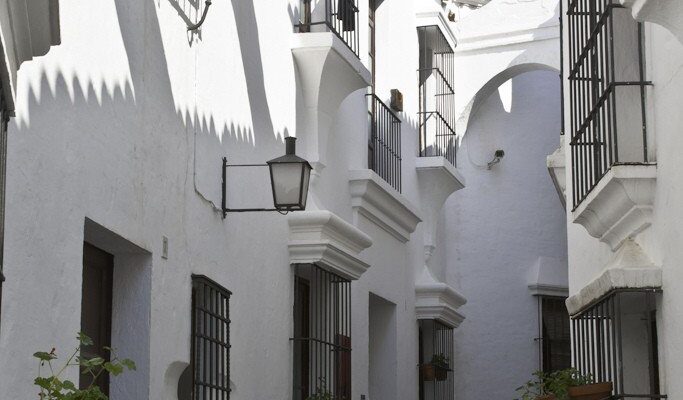Spanish Village (Pueblo Español)
Spanish Village is an architectural museum in Barcelona. There are 117 replicas of historical monuments installed in the village. Some of them are life-size, while the rest are built in reduced size. The picturesque complex was built in 1929 for the International Exhibition and proved so popular that it was decided to preserve the Spanish Village as an open-air museum. A trip here allows you to see the architectural styles of all regions of the country and learn about the cultural traditions of Spain.
.The unusual museum covers 4.2 hectares and is known as the City of Artisans. It has about two dozen craft workshops where you can observe the work of potters, shoemakers, glassblowers and jewelers. It is noteworthy that tourists not only watch the work of enthusiastic craftsmen, but also try to mold clay pots and collect glass beads themselves.
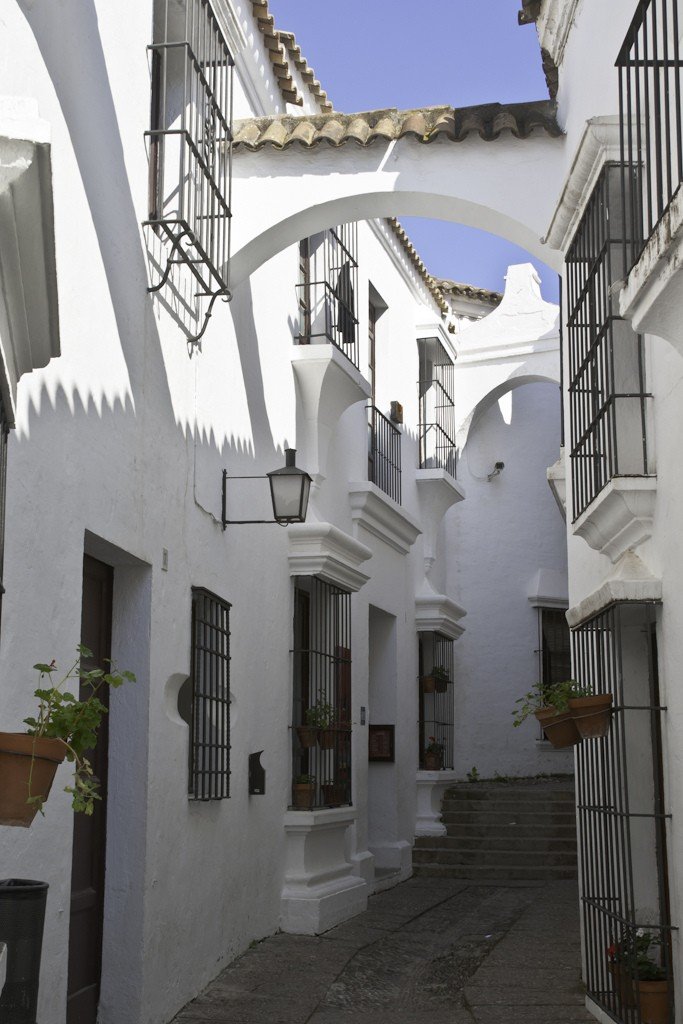
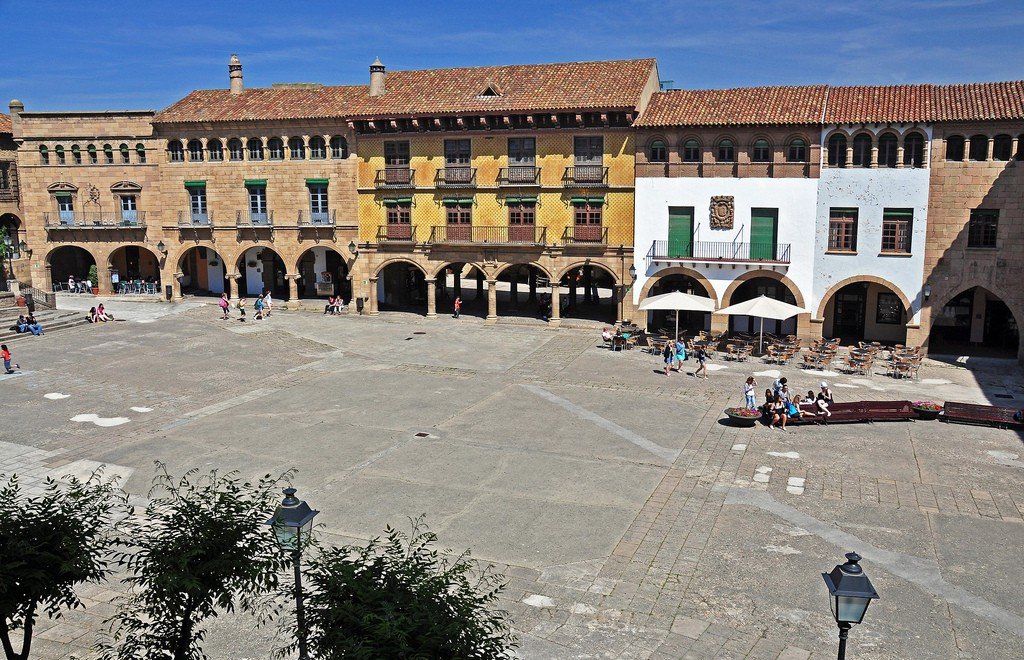
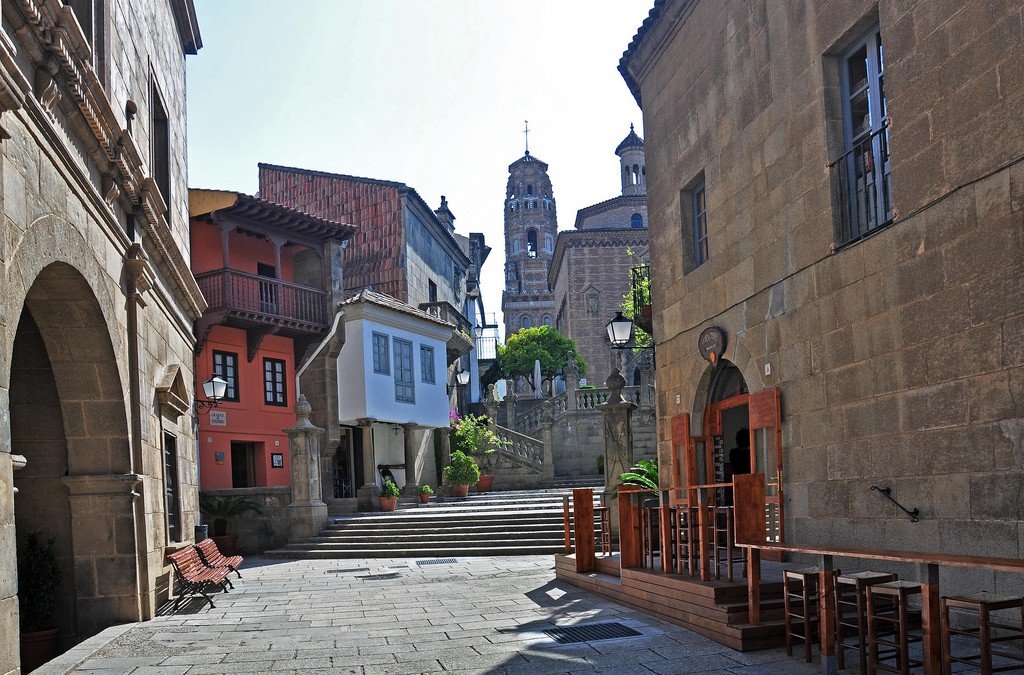
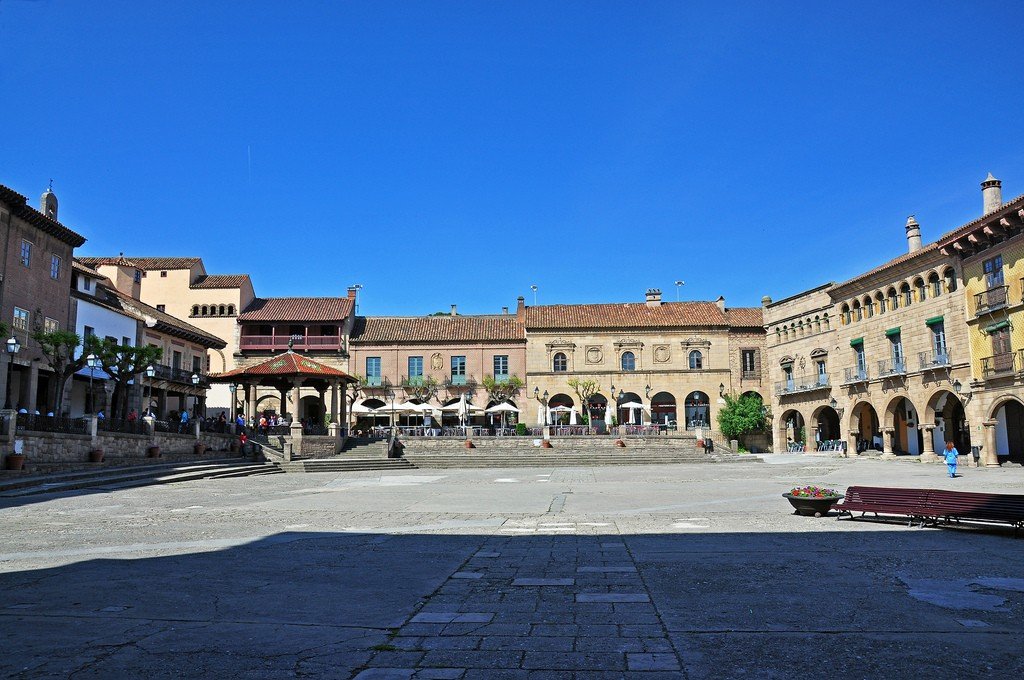
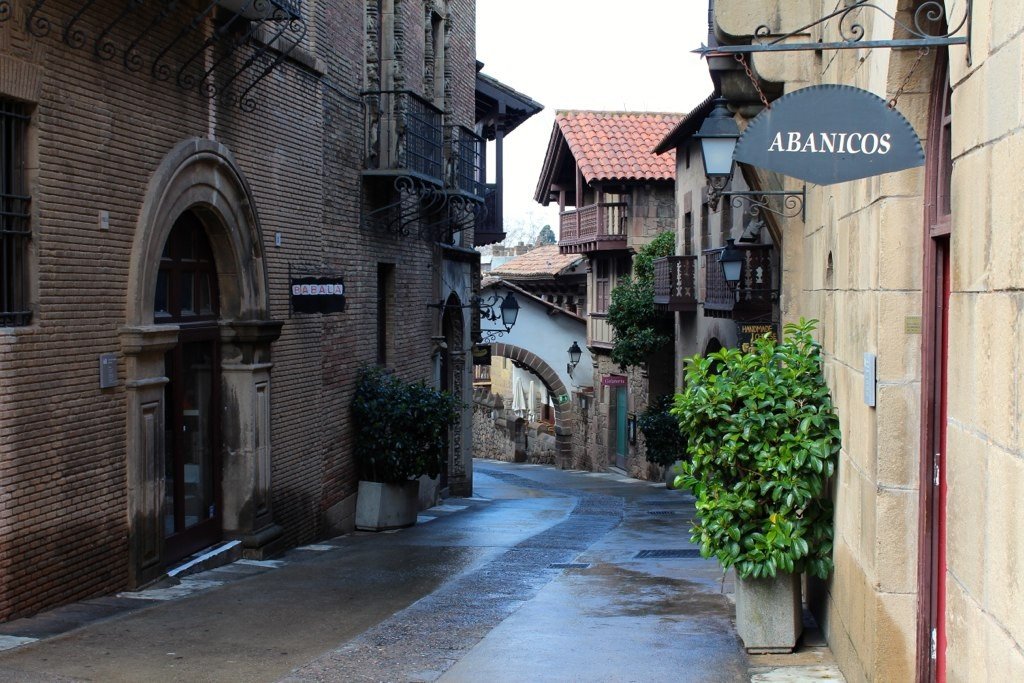
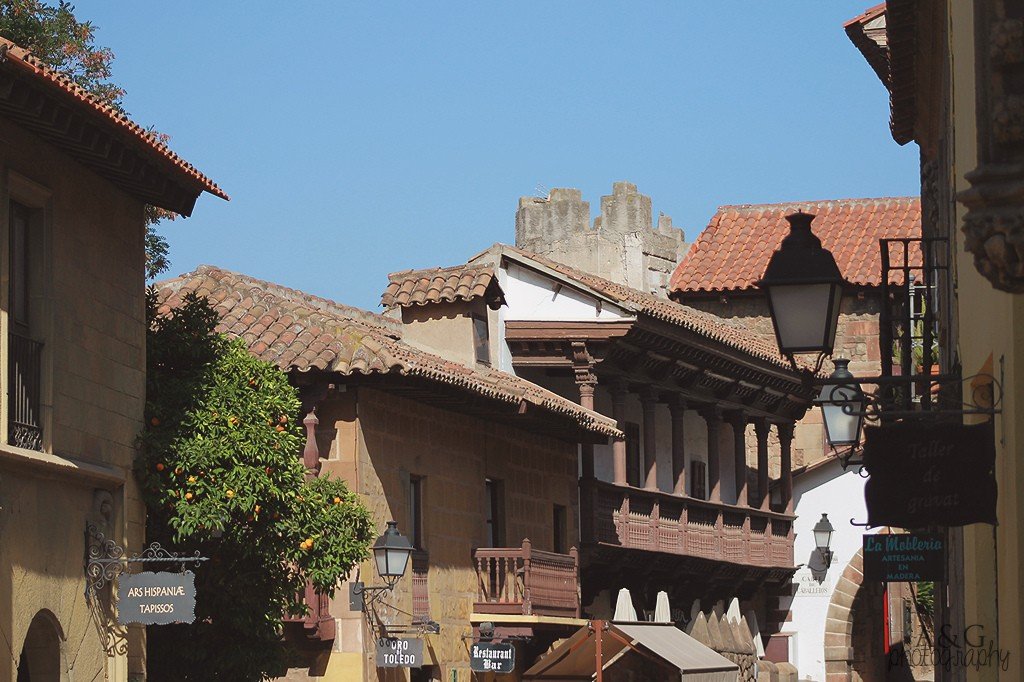
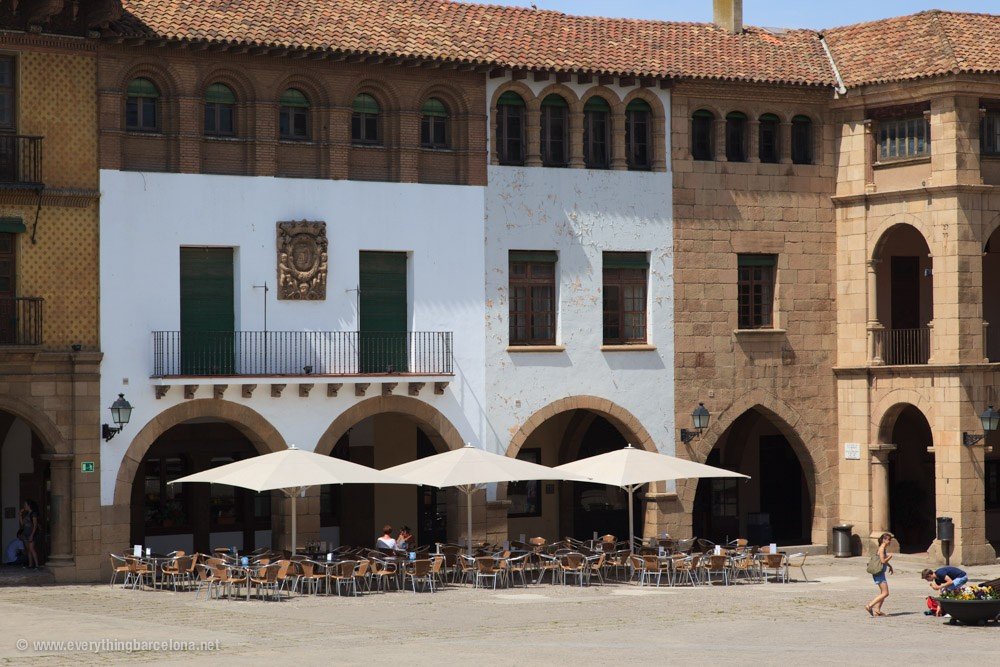
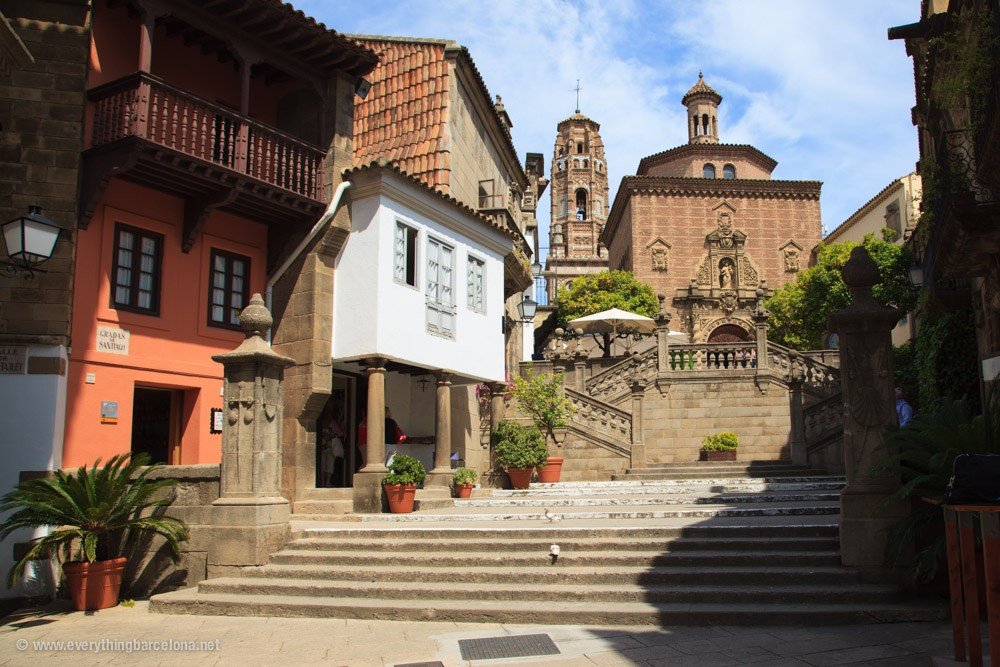
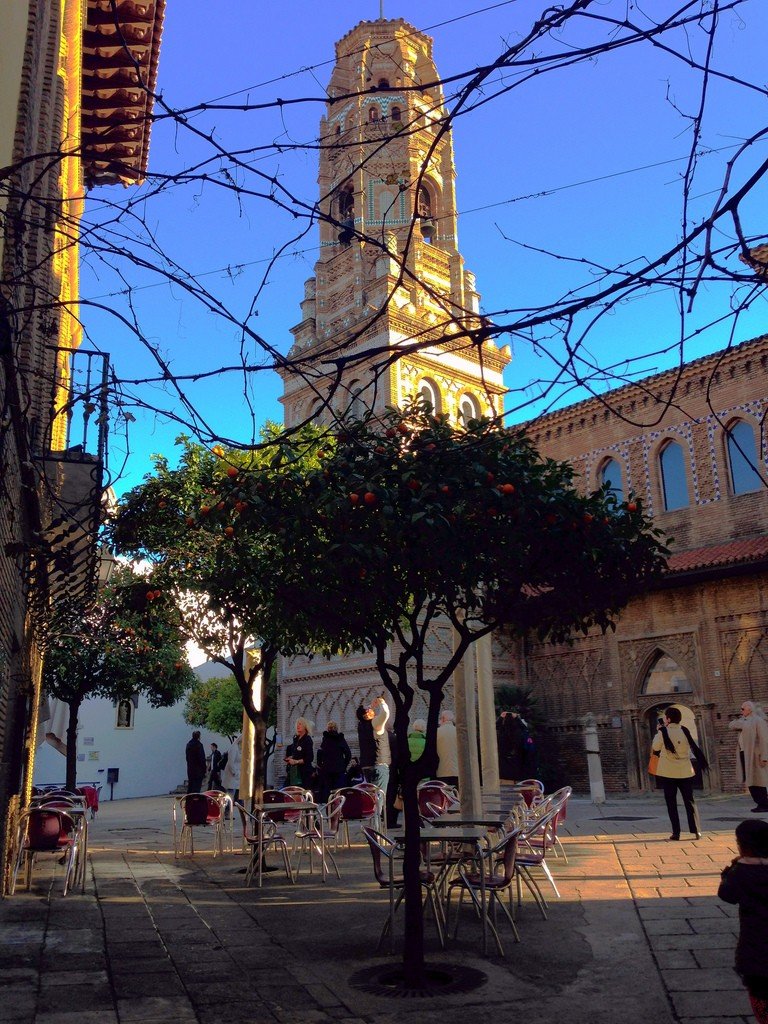
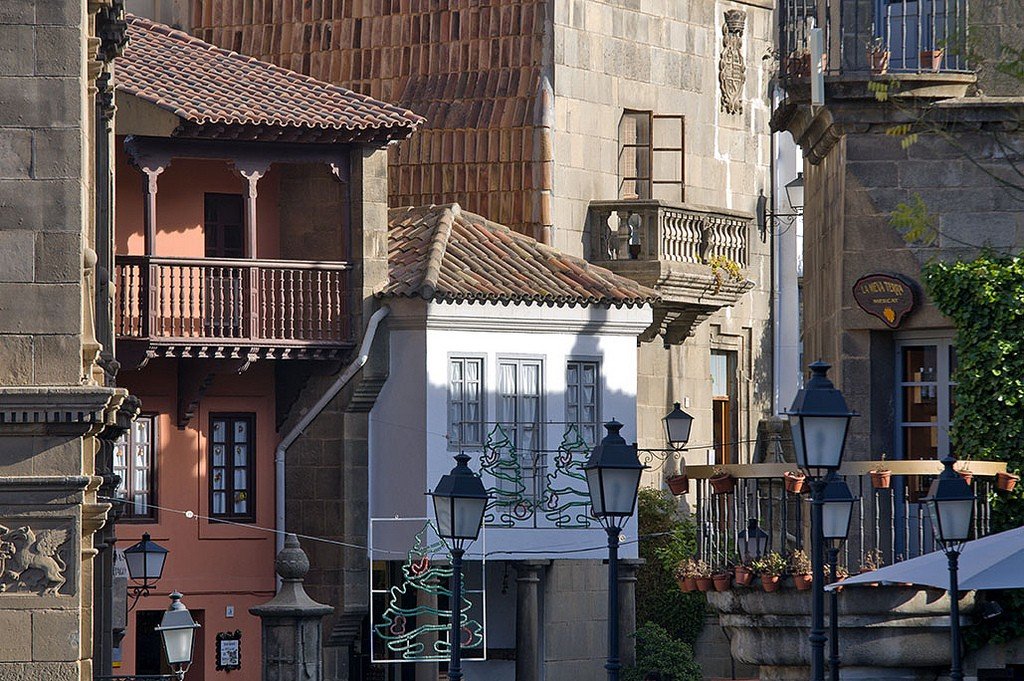
Video: Spanish Village
ContentsTourist Information
The Spanish Village in Barcelona is considered one of the most visited tourist attractions in the city. It attracts travelers with its national flavor. People come here to spend a pleasant time in restaurants, bars and cafes serving traditional Spanish cuisine. Many tourists rush to the Spanish Village to buy souvenirs and handicrafts.
.The main square hosts concerts in the warm season, and in the evening it hosts discos and one of the best flamenco shows in the city, featuring professional dancers. The 400m² farming area is typical of the Catalan capital’s suburbs, while the Sculpture Garden exhibits the work of 27 popular Spanish authors. The Spanish Village is home to the Museum of Modern Art, where around 300 paintings are on display. Of particular value are paintings by Salvador Dali, Joan Miró and Pablo Picasso.
.The territory of the architectural museum is open to guests: on Monday from 9.00 to 20.00, Tuesday through Thursday and Sunday from 7.00 to 24.00, on Fridays from 9.00 to 3.00, on Saturdays from 9.00 to 4.00.
.How Spanish Village was created
The idea of building the architectural complex belongs to the famous Catalan architect and master of Art Nouveau, Josep Puch y Cadafalc. The main work on the design of the unusual museum was done by architects Ramon Reventos and Francesc Folguera, artist Xavier Noguez and art critic and writer Miguel Utrillo.
.Professional architects and designers visited more than one and a half thousand Spanish towns and villages in different parts of the country and, based on what they saw, reproduced the main architectural styles of Spain. They did not aim to collect together masterpieces of Spanish architecture, but to show the diversity of monumental architecture of this country.
.
During the Civil War, tourists were not allowed into the museum as the Spanish Village was a prisoner of war camp. Two Spanish directors, André Malraux and Max Auba, filmed a number of scenes here for the popular feature film “In the Mountains of Teruel” (1945), dedicated to the tragic events of the war.
.
The Spanish countryside today
Travelers enter the museum through an entrance made in the form of two tall towers that are connected by a bridge. It is a replica of the gate of the ancient Spanish city of Ávila, located 110 kilometers northwest of Madrid. The main square, Plaza Mayor, is similar to the traditional market squares of Spain.
.A notable place is the Andalusian Quarter, copied from the buildings of Arcos de la Frontera. Its narrow streets are flanked by white-washed facades of houses with Arabic arches. In the Spanish Village stands the Aragonese bell tower, a tall Gothic Utebo tower decorated with picturesque colored ceramics.
.
Here you can see the traditional buildings of medieval Valencia and the Cantabrian settlement of Santillana del Mar, the four-arched Navarre town hall, a 17th century farmers’ house from the Basque Country, a neoclassical mansion from Asturias, a 16th century palace from Galicia and the Romanesque-style cloister of San Miguel from Catalonia. Many tourists stop by to admire the graceful courtyard prototyped in Palma de Mallorca, as well as colorful houses from Murcia and Madrid.
.How to get there
Barcelona’s Spanish Village is spread out on the north side of Montjuïc Hill, at 13 Francesc Ferrer i Guardia Street. Closest to this location is the station “Pl. Espanya”, through which metro trains of the L1, L3 and L8 lines and city trains run. From Plaça Espanya, you can walk to the museum in 10-15 minutes. Buses No. 13, 23 and 150 stop right next to the Spanish Village. Get off at the Poble Espanyol stop.
.